Electric Cars : Driving the Future of Sustainable Mobility
Introduction to Electric Cars

The Rise of Electric Vehicles in Modern Transportation
Transportation has evolved significantly over the years, but electric vehicles (EVs) are truly reshaping the way we think about mobility. What once seemed like a futuristic concept is now an integral part of today’s transportation landscape. Electric cars are gaining momentum for several key reasons: the urgent need to address climate change, advancements in clean energy, and the increasing demand for sustainable alternatives.
Table of Contents
Governments and automakers are fully embracing this shift, not just as an option but as a significant movement toward a cleaner, quieter, and more efficient future. As EVs continue to emerge on roads worldwide, they promise to revolutionize the way we travel and interact with the environment
Why Electric Cars Are a Game-Changer for Sustainability?
Electric cars are transforming the concept of sustainability in transportation. Unlike traditional vehicles, which rely on gasoline or diesel engines, EVs do not emit harmful pollutants from tailpipes, resulting in cleaner air and a reduced carbon footprint. They are not simply a mode of transport; they are a step toward a healthier planet.
As renewable energy sources, such as wind and solar, continue to expand, the environmental benefits of electric cars will become even more pronounced, making them an essential tool in the battle against climate change. By adopting electric cars, we move closer to reducing dependence on fossil fuels and lowering global emissions.
Understanding Electric Cars
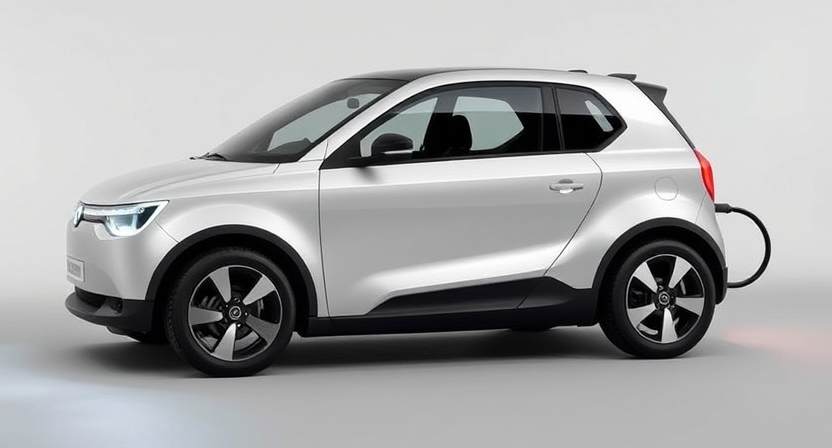
What Are Electric Cars?
Electric cars are vehicles powered either entirely or partially by electricity, using electric motors and batteries rather than traditional gasoline engines. This unique setup makes electric cars quieter, smoother, and significantly more eco-friendly compared to their internal combustion engine counterparts. Since EVs have fewer moving parts, they also require less maintenance, making them an attractive option for those seeking a low-maintenance, cost-effective driving experience. With their innovative design, electric cars are becoming an increasingly popular alternative to gasoline-powered vehicles.
Types of Electric Cars: BEVs, PHEVs, and HEVs
There are three main types of electric cars: Battery Electric Vehicles (BEVs), Plug-in Hybrid Electric Vehicles (PHEVs), and Hybrid Electric Vehicles (HEVs). BEVs rely entirely on electricity stored in batteries and are charged via dedicated charging stations, making them an ideal option for eco-conscious drivers.
PHEVs, on the other hand, combine a battery-powered motor with a gasoline engine, providing flexibility for longer trips without needing to rely solely on charging stations. HEVs primarily use a gas engine, but their electric motor assists in improving overall fuel efficiency, offering an energy-efficient driving experience.
Each type of electric car offers unique advantages depending on the driver’s needs, whether it’s range, eco-friendliness, or convenience.
How Electric Cars Work: Batteries and Motors Explained
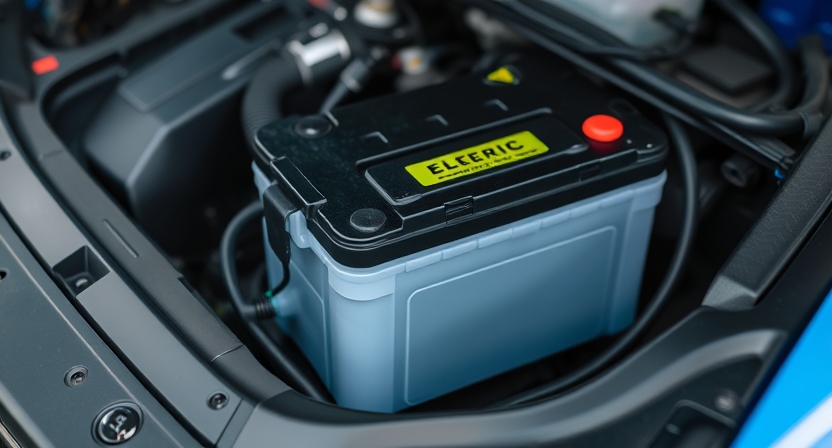
At the core of every electric car is a battery, typically made from lithium-ion, which stores the energy needed to power the electric motor. The motor converts the battery’s electrical energy into mechanical power to drive the wheels of the car. This seamless, energy-efficient process offers a smooth driving experience.
Advanced systems, such as regenerative braking, capture energy typically lost during braking and convert it back into the battery, enhancing the car’s overall efficiency. As electric car technology continues to advance, the performance and range of these vehicles are improving, making them even more accessible to a wider range of drivers.
The Environmental Impact of Electric Cars
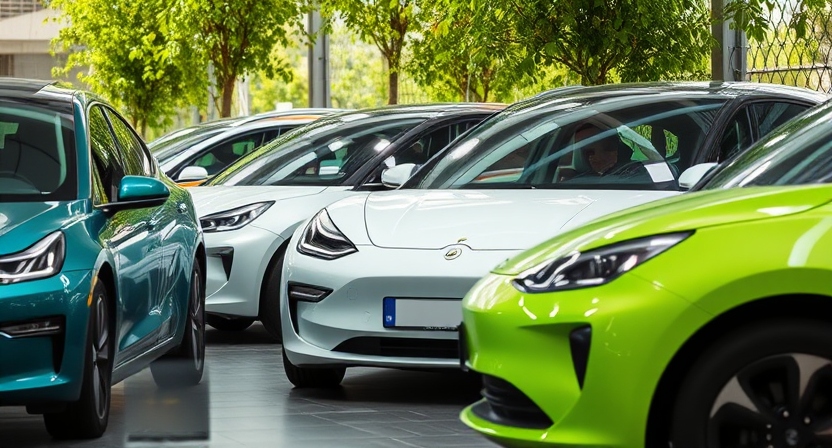
Reducing Carbon Emissions: A Step Toward Climate Goals
Vehicles powered by gasoline and diesel are major contributors to greenhouse gas emissions, significantly impacting global warming. However, electric cars present a solution to this environmental issue. By eliminating tailpipe emissions, EVs help reduce carbon pollution and move us closer to achieving international climate goals. Furthermore, when electric cars are charged using clean energy, such as solar or wind power, their carbon footprint is virtually nonexistent, making them a game-changer for those who wish to drive sustainably and reduce their impact on the planet.
The Role of Electric Cars in Combating Air Pollution
Urban air pollution is an increasingly critical issue, with traditional vehicles releasing harmful pollutants like nitrogen oxides and particulate matter that contribute to smog, respiratory problems, and other health concerns. Electric cars, by contrast, produce no tailpipe emissions, which directly improves air quality in cities. As more people transition to electric vehicles, the reduction in harmful pollutants will lead to cleaner air and better public health, creating more livable, vibrant cities for everyone.
Debunking Myths About Electric Cars’ Environmental Footprint
There are common misconceptions about the environmental impact of electric cars, particularly concerning battery production and electricity generation. While the manufacturing of batteries and the energy used for charging may involve emissions, studies consistently show that the overall carbon footprint of electric cars is still significantly lower than that of conventional vehicles. Innovations in battery recycling and the transition to cleaner electricity grids are helping to further reduce the environmental impact, making electric cars a highly sustainable choice in the long run.
Technological Advancements in Electric Cars
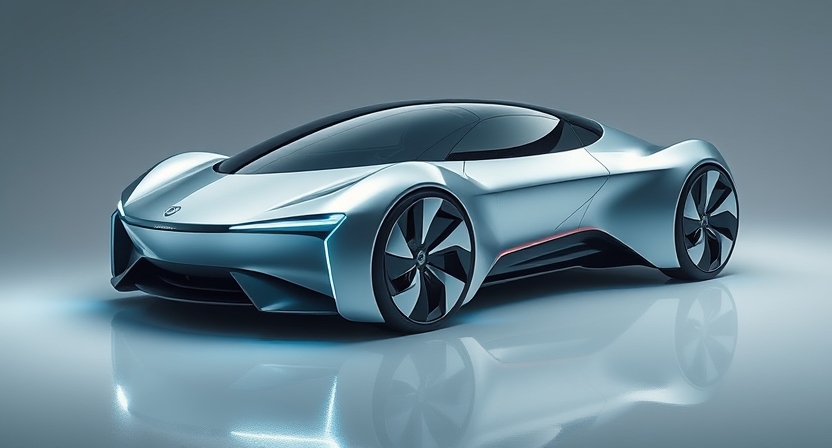
Innovations in Battery Technology: Faster Charging and Greater Range
One of the most significant challenges for electric cars has been the limitation of battery technology, specifically range and charging time. However, recent innovations in battery technology have drastically improved both of these factors. Modern electric vehicles are capable of traveling hundreds of miles on a single charge, and the development of fast-charging stations has dramatically reduced the time required to charge an EV. Looking ahead, breakthroughs such as solid-state batteries promise even better energy density, faster charging times, and longer battery lifespans, making electric cars more practical and convenient than ever before.
Smart Features: Autonomous Driving and Connectivity
Electric cars are not only becoming more eco-friendly, but they are also incorporating advanced technology that enhances safety and convenience. Many modern electric vehicles feature autonomous driving capabilities, such as lane-keeping assist, adaptive cruise control, and even full self-driving functions in some models. Additionally, the integration of smartphone connectivity allows for remote monitoring and control of the vehicle, providing users with an enhanced driving experience. These innovations make electric cars smarter, safer, and more user-friendly, paving the way for a future of connected mobility.
The Role of Artificial Intelligence in Electric Vehicles
Artificial intelligence (AI) is playing a crucial role in the development of electric vehicles. From optimizing battery performance to enabling advanced driver-assistance systems, AI is helping electric cars operate more efficiently and safely. AI-powered systems allow electric vehicles to better manage energy usage, predict maintenance needs, and provide a more personalized driving experience. As AI continues to evolve, the capabilities of electric cars will only improve, driving further advancements in both automotive technology and sustainable transportation.
Economic Advantages of Electric Cars
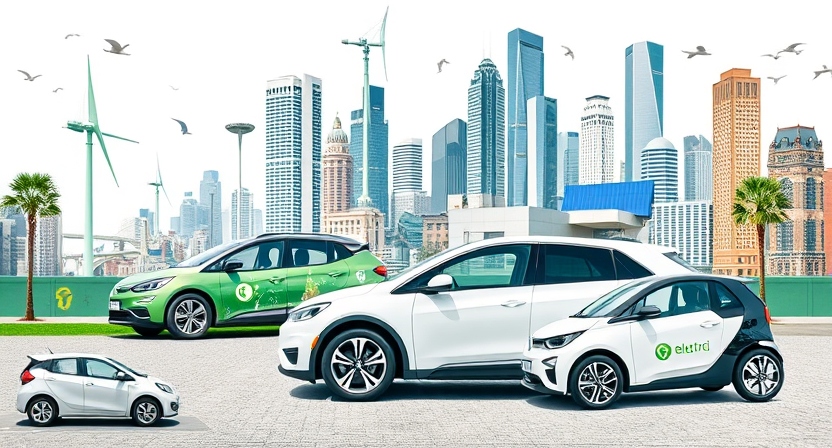
Long-Term Savings: Lower Fuel and Maintenance Costs
While the upfront cost of an electric car may be higher than that of a traditional vehicle, the long-term savings are significant. Charging an electric car is generally cheaper than purchasing gasoline, and the reduced number of moving parts in an electric vehicle means fewer repairs and lower maintenance costs. For many drivers, these savings can add up quickly, making EVs a more economical choice over time.
Government Incentives and Subsidies for EV Buyers
To encourage the adoption of electric cars, governments around the world are offering various incentives and subsidies. These can include tax credits, rebates, and discounts on charging equipment, which help offset the higher initial cost of electric vehicles. Additionally, some regions are investing in the expansion of charging infrastructure, making it easier and more convenient for drivers to transition to electric cars. These policies make EV ownership more accessible to a broader range of consumers.
Electric Cars and Job Creation in the Green Economy
The shift to electric cars is not only beneficial for the environment but also for the economy. As the demand for electric vehicles grows, so does the need for skilled workers in areas such as manufacturing, battery production, and charging infrastructure development. The growing electric vehicle industry is creating thousands of jobs, boosting the green economy and driving new opportunities for workers and businesses alike.
Challenges Facing the Electric Car Industry
Charging Infrastructure: Bridging the Gap
One of the primary barriers to widespread electric car adoption is the availability of charging stations. While cities are becoming well-equipped with charging infrastructure, rural areas still lag behind. Expanding the charging network to ensure that electric cars can be easily recharged no matter where drivers are located is crucial to making EVs a viable option for more people.
Battery Production: Ethical and Environmental Concerns
While electric vehicles offer clear environmental benefits, the production of batteries, particularly lithium-ion batteries, comes with challenges. Mining for materials like lithium and cobalt raises ethical and environmental concerns, such as child labor and ecosystem damage. Finding sustainable ways to source these materials and develop efficient recycling methods will be crucial in ensuring the long-term sustainability of electric cars.
Overcoming Range Anxiety Among Consumers
Range anxiety—the fear that an electric car will run out of power before reaching a charging station—is one of the most common concerns among potential EV buyers. However, as the range of electric cars increases and the charging infrastructure expands, this concern is gradually diminishing. Educating consumers about the true capabilities of modern electric cars and improving the availability of charging stations will help ease these worries and encourage more people to make the switch to EVs.
The Role of Electric Cars in Urban Mobility
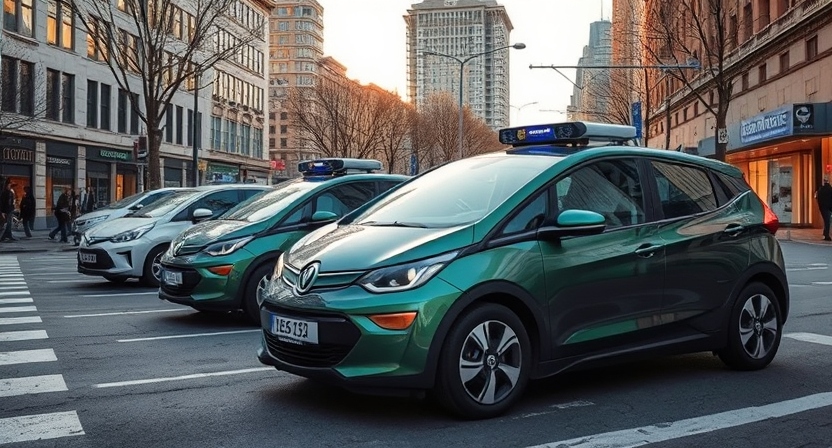
Reducing Congestion and Noise Pollution in Cities
Electric cars are a perfect fit for urban environments, as they are quieter and produce zero emissions. With the growing trend of urbanization, cities are facing increasing traffic congestion and pollution, which electric cars can help mitigate. By adopting EVs, urban areas can reduce both noise pollution and harmful emissions, contributing to a healthier and more livable city environment.
The Integration of Electric Cars with Public Transport Systems
Many cities are exploring ways to integrate electric cars with public transportation networks to create a more seamless, efficient, and sustainable urban mobility system. Electric buses, trams, and taxis are already in operation in several cities worldwide, and electric car-sharing programs are becoming increasingly popular. By combining electric cars with public transport, cities can offer more accessible and environmentally-friendly options for residents and visitors alike.
The Future of Urban Mobility: Autonomous and Electric Vehicles
The future of urban mobility lies in the convergence of electric cars and autonomous vehicles. In many cities, autonomous electric vehicles could replace traditional taxis, providing a more efficient, cost-effective, and eco-friendly alternative. As the technology continues to evolve, we can expect to see fleets of electric autonomous cars navigating urban streets, reducing traffic congestion and providing safer, greener transport options.
Conclusion
Electric cars are more than just a trend; they are the future of sustainable transportation. With their environmental benefits, technological innovations, and economic advantages, electric vehicles are changing the way we drive, work, and live. While challenges such as charging infrastructure and battery production remain, the continued advancement of EV technology promises a cleaner, more efficient future for all. As we move toward a greener, more connected world, electric cars will be at the forefront of this transformation, driving us toward a sustainable future.

